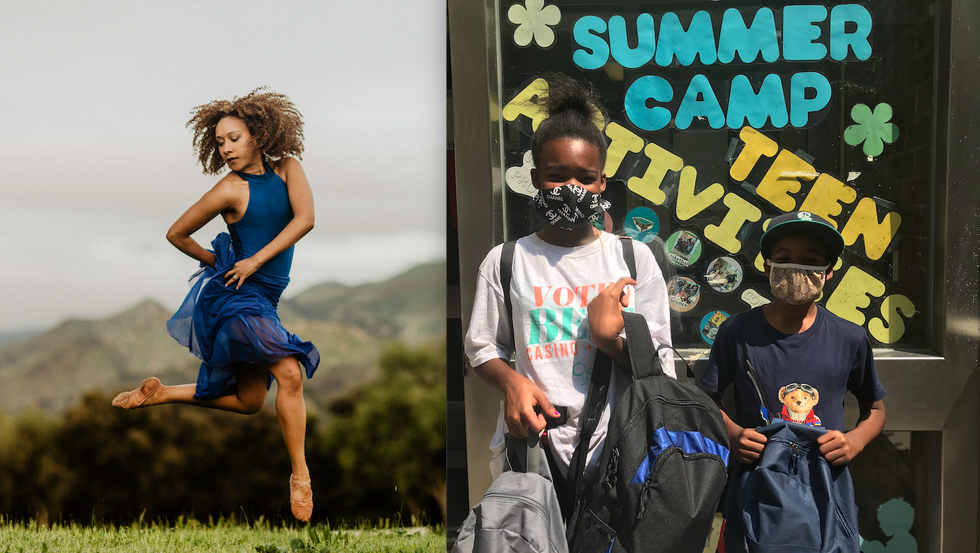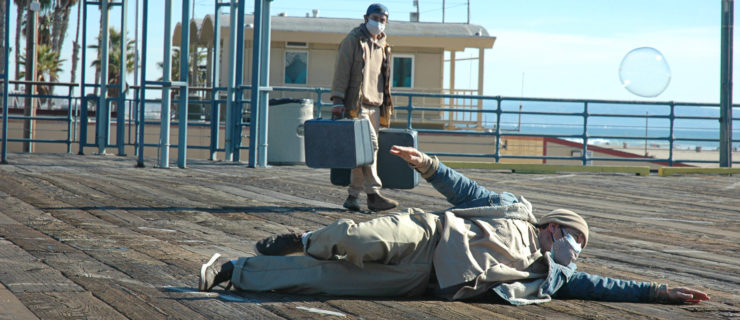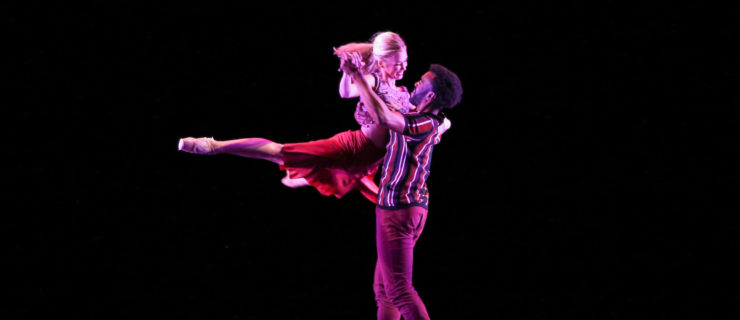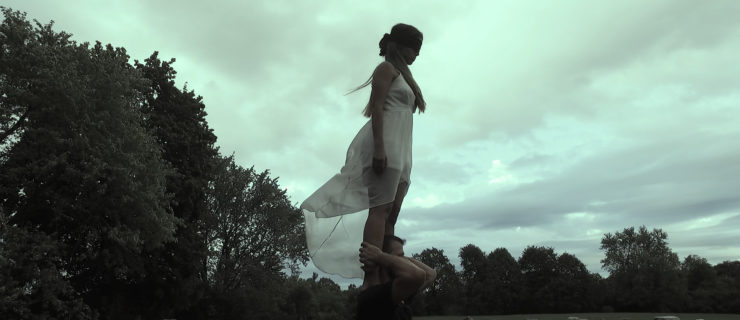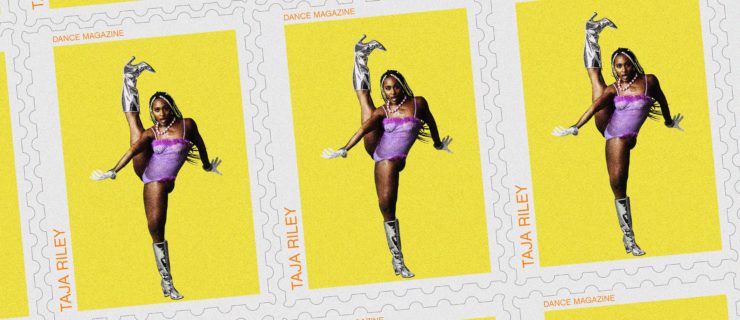When Dance Work Dried Up, This Artist Founded a Nonprofit to Serve Her Neighbors Down the Street
Janice Rosario is a used to having a packed schedule. Pre-pandemic, she juggled teaching at The Ailey School in New York City with traveling throughout the U.S. to guest choreograph and teach at various colleges. “Once the pandemic hit, all these festivals and plans and commissions that I had were postponed or completely canceled,” she says.
When Ailey called off its intensive, Rosario says, “it was the first time that I’d had a summer without work.”
Meanwhile, Black Lives Matter protests were happening in Manhattan’s Union Square, not far from Rosario. She wanted to support the cause, but with ongoing COVID-19 concerns and a newborn daughter, she decided to focus her efforts in a hyper-local way.
Building Bridges
Rosario founded The Good Neighbor Collective, a nonprofit to narrow the wealth gap and inequality in New York City, starting by serving those who live in public housing a block away from her home. As a resident of Stuyvesant Town–Peter Cooper Village, a 21,000-strong living community, she got the support of her complex’s CEO and recruited other residents to get involved. “It’s essentially to connect people who are in close proximity to each other but are part of two different worlds. I created a bridge, a way for us to be part of one community.”
Perhaps what’s most interesting about Rosario’s nonprofit is that it’s not dance-based. Instead, she spoke with the New York City Housing Authority to zero in on residents’ needs. “I told them, ‘We want to support you. What can we do?’ ”
A string of initiatives soon followed: Residents donated items for a school-supply drive in the fall and fulfilled 300 winter wishes for holiday gifts. At Thanksgiving, the nonprofit partnered with S’MAC, a mac ‘n’ cheese shop owned by one of her neighbors, and New York City councilmen to raise funds and distribute 750 meals throughout the East Village and Lower East Side.
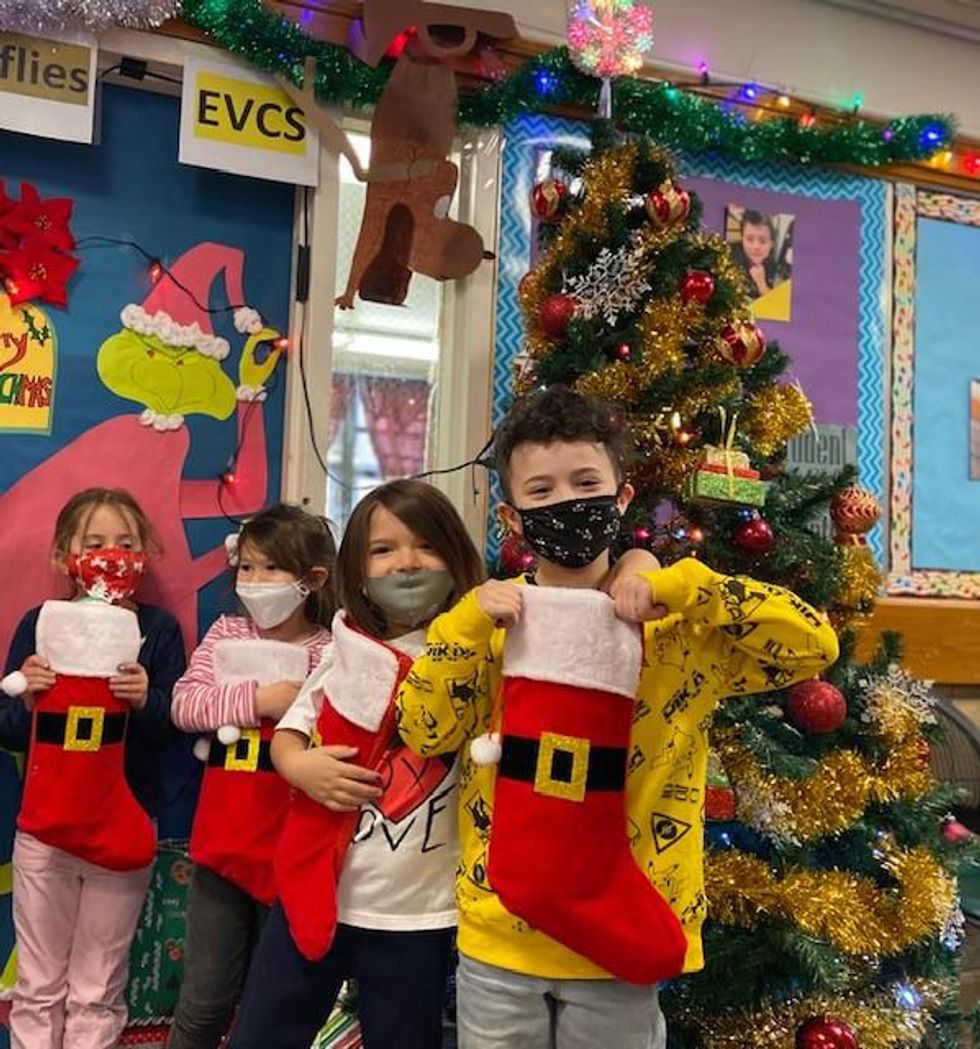
Boosting Career Skills
Rosario is extremely passionate about The Good Neighbor Collective’s education and empowerment initiatives, including virtual career days, which have connected professionals from Stuyvesant Town-Peter Cooper Village with nearly 300 middle- and high-school students.
Earlier this year, Rosario encouraged Beam Living, StuyTown’s property management company, to host a job-shadowing program. “They opened up their doors for low-income college students to spend a week observing and learning from varied professionals there.” Now, many of those students are applying for internships with Beam Living. “It’s another way to give access to students who generally don’t have a network to be part of a company’s hiring pool,” she says. Rosario hopes to expand the job-shadowing program to include companies with employees who live in StuyTown.
During Black History Month, the nonprofit is giving the gift of reading by raising money to purchase books by Black authors from Harlem’s Sister’s Uptown book store. Age-appropriate selections, for infants to adults, will be distributed to residents in nearby public housing units.
The Impact on Her Art
Given the breadth of projects her nonprofit has done, Rosario says, “I keep thinking, How do I bring it back to dance? Whether it’s a dance program that I create post-COVID or I don’t, I feel like, for me, it’s always been important to be a human first before an artist.”
“In the dance community, we’re so entrenched in our own world because we’re so passionate about it,” she says. “But there’s also something about the world outside of dance and letting that fuel our work, so that ultimately we’re able to reach different audiences. Even though I’ve been teaching virtually, I know that this is going to have a deep impact on the way that I create, the way that I communicate and develop as an artist.”
Rosario draws connections between her methods as an artist and her nonprofit work. “The way that I choreograph and teach, community-building has always been at the forefront,” she says. “As dancers, our skills are transferable—there’s so much that we can do.”
The Good Neighbor Collective’s next project will employ the expertise of former HR professionals. Through career-readiness workshops for youth and young adults, they’ll lend help with resumés, cover letters and interview prep.
As the dance world starts to reopen, Rosario plans to continue her nonprofit with additional support from volunteers. Whether she’s in the studio or down the street, she’ll keep building bridges and empowering others.
